7 mistakes when using cutting boards that threaten your health
A cutting board is probably one of the kitchen utensils that you use every day. Using and storing cutting boards properly will not only prolong the life of the cutting board but also help you avoid many health risks.
Below are 7 common mistakes you make when using and cleaning cutting boards and how to fix them.
You are using a glass cutting board
It is true that glass cutting boards are resistant to stains and odors, but the hard surface of the cutting board makes knives dull quickly. Not only that, the smooth surface of the cutting board makes the knife slip easily, which can easily injure you. You can switch to a wooden or plastic cutting board.
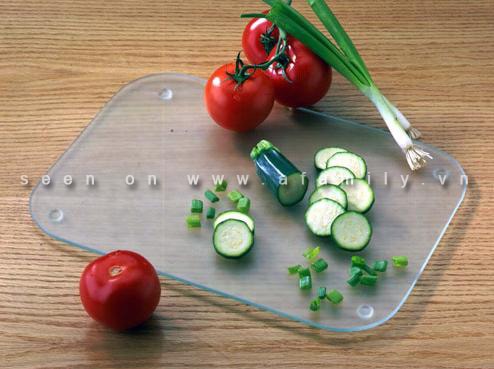 |
Many studies suggest that wooden cutting boards are less likely to harbor bacteria, but plastic cutting boards are still considered safe because they are easier to clean.
You are using a cutting board that is too small.
You save space in the kitchen and it is easier to clean when using a small cutting board. However, because of the small surface area of the cutting board, food can fall out during processing, creating conditions for bacteria to stick to the food.
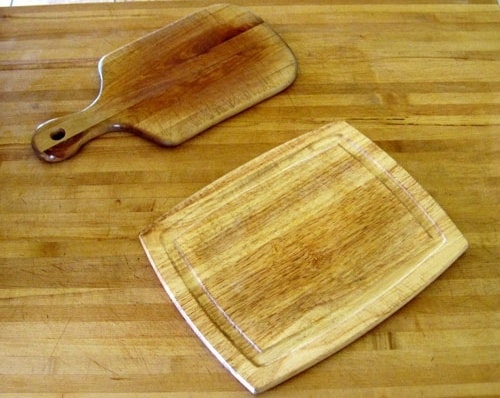 |
In addition, using a knife becomes more difficult and you are more likely to cut your hand. For your own safety, you should use a suitable cutting board, not too small and convenient for use.
You do not use a separate cutting board to prepare raw meat.
Raw meat, poultry and fish can contain bacteria such as E. coli and Salmonella – these bacteria cause diarrhea, intestinal diseases…
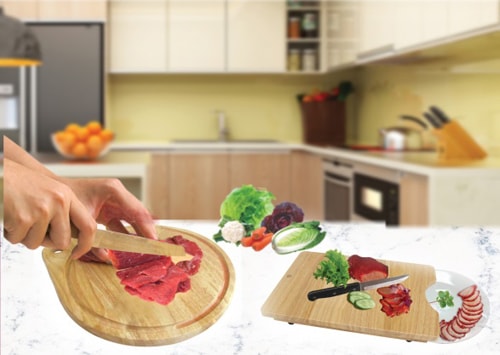 |
If you use only one cutting board to prepare raw meat and cut vegetables or fruits for juice, there is a high chance of contamination with the above bacteria. Therefore, you should use two separate cutting boards with two different colors to easily distinguish. After use, wash with soap and warm water.
You do not use a separate cutting board for people with food allergies.
Cross-contamination is inevitable when using the same cutting board, which is why it is recommended that people with food allergies use separate cutting boards. Even if the surface of the cutting board looks clean, it may still contain substances that can cause allergies.
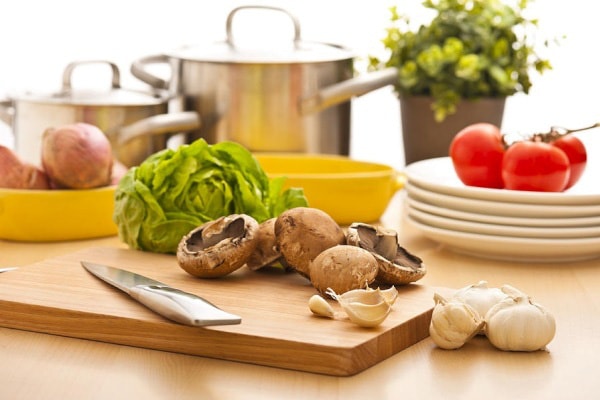 |
Therefore, if you use the same cutting board to prepare food for someone with allergies, you should wash and disinfect it regularly (according to food safety experts at Carolina State University, USA, you should use chlorine-containing disinfectants for plastic cutting boards and quaternary ammonium-containing disinfectants for wooden cutting boards).
You left the wooden cutting board in the dishwasher too long.
If you are using a dishwasher, you can put plastic cutting boards in the dishwasher but not wooden cutting boards. High temperatures can warp and crack wooden cutting boards so you should wash them by hand with plain soap and warm water (Avoid soaking wooden cutting boards in water for too long). You can wash your cutting board with baking soda and half a lemon if it is very dirty or has a bad smell.
You keep the cutting board wet.
Damp surfaces are a breeding ground for bacteria. Instead of placing a freshly washed cutting board on the rack, allow it to dry completely first. This will greatly reduce the chance of germs growing.
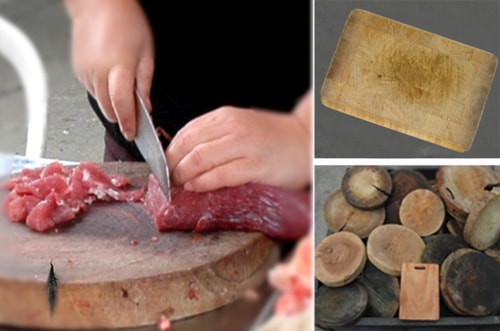 |
You do not oil the wooden cutting board.
Over time, washing with soap and water can dry out and crack wooden cutting boards. Coating the surface of your cutting board with vegetable oil or olive oil once or twice a week or even once a month can help prolong the life of your cutting board.
According to Young Knowledge
